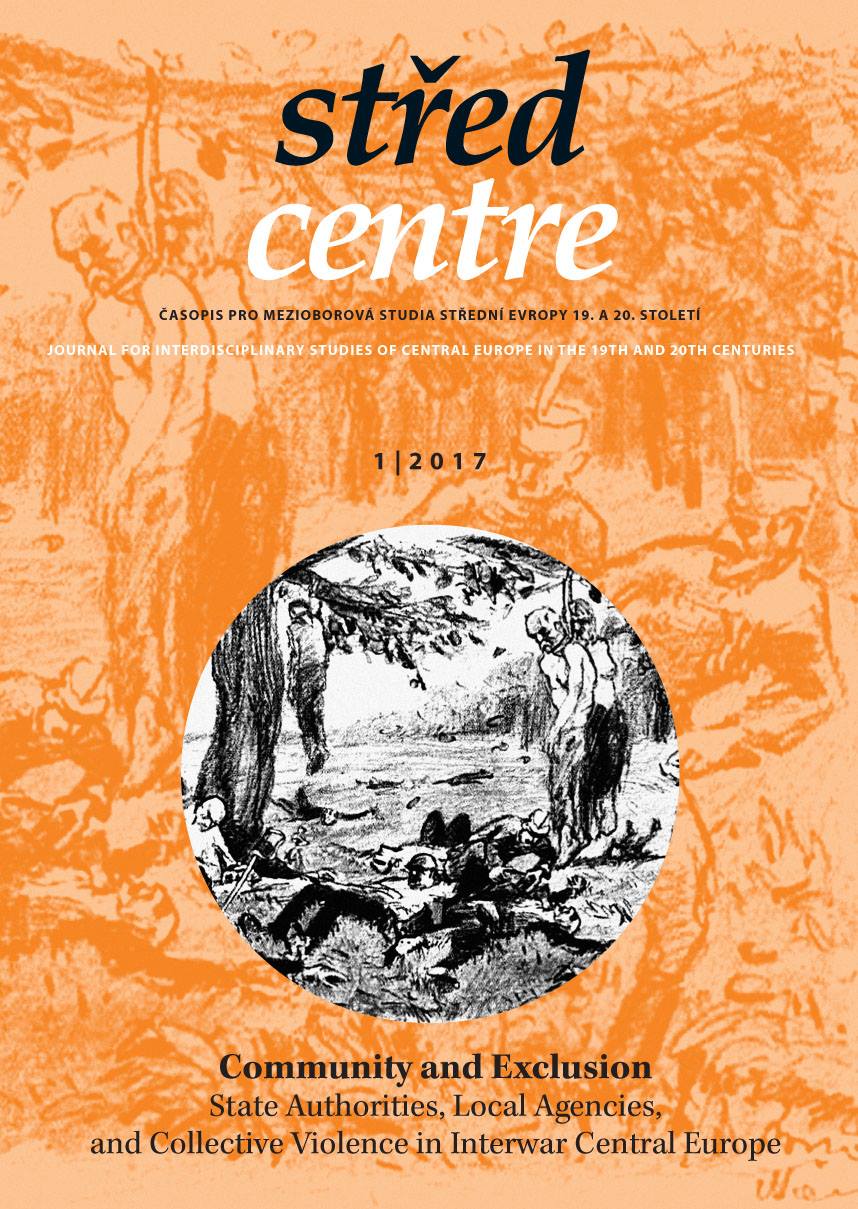Paramilitary Extremism
in Interwar Hungary
and its Anti-Jewish Argumentation
Paramilitary Extremism
in Interwar Hungary
and its Anti-Jewish Argumentation
Author(s): István Pál ÁdámSubject(s): History, Social history, Recent History (1900 till today), History of Antisemitism
Published by: AV ČR - Akademie věd České republiky - Masarykův ústav
Keywords: Post-World War I anti-Jewish violence; White terror; Interwar anti-Semitism; Paramilitary atrocities; Borderlands; Trianon Treaty; First Vienna Award; Rongyos Gárda; Iván Héjjas
Summary/Abstract: The article explains the rise of popular extremism in post-World War I Hungary through the story of Iván Héjjas and the Ragged Guard/Rongyos Gárda. This interwar militia is responsible for anti-Jewish and anti-Communist atrocities in 1919–1923, and it was also deeply involved in the spreading of the anti-Semitic sentiment in the Hungarian countryside. Its case is particularly interesting because of its rejuvenation in 1938, when the Hungarian government relied on the militiamen in a secret mission in the Sub Carpathian borderlands against the integrity of Czechoslovakia. The paper also investigates the background of some common anti-Jewish accusations the Rongyos Gárda members propagated, and it tries to understand these arguments in a power framework.
Journal: Střed. Časopis pro mezioborová studia Střední Evropy 19. a 20. století
- Issue Year: 9/2017
- Issue No: 1
- Page Range: 9-33
- Page Count: 25
- Language: English

